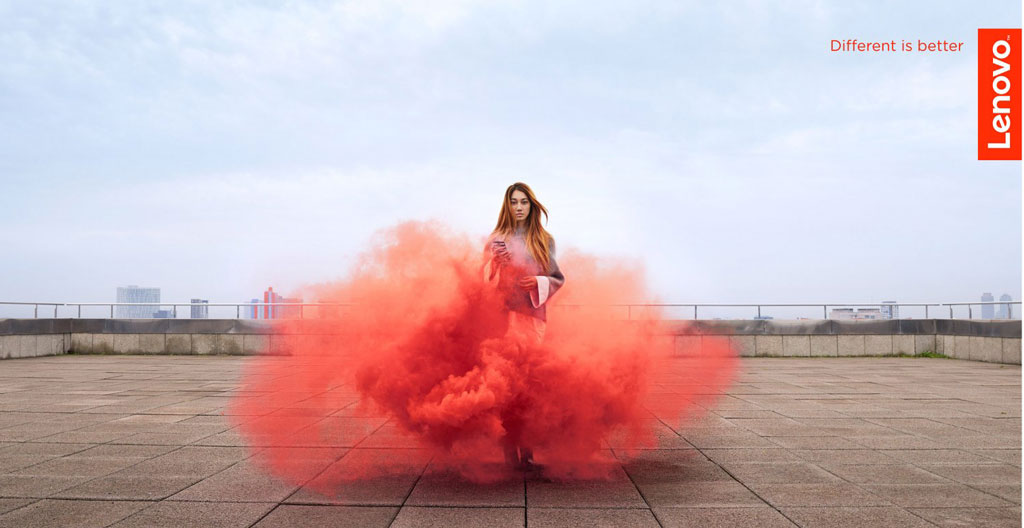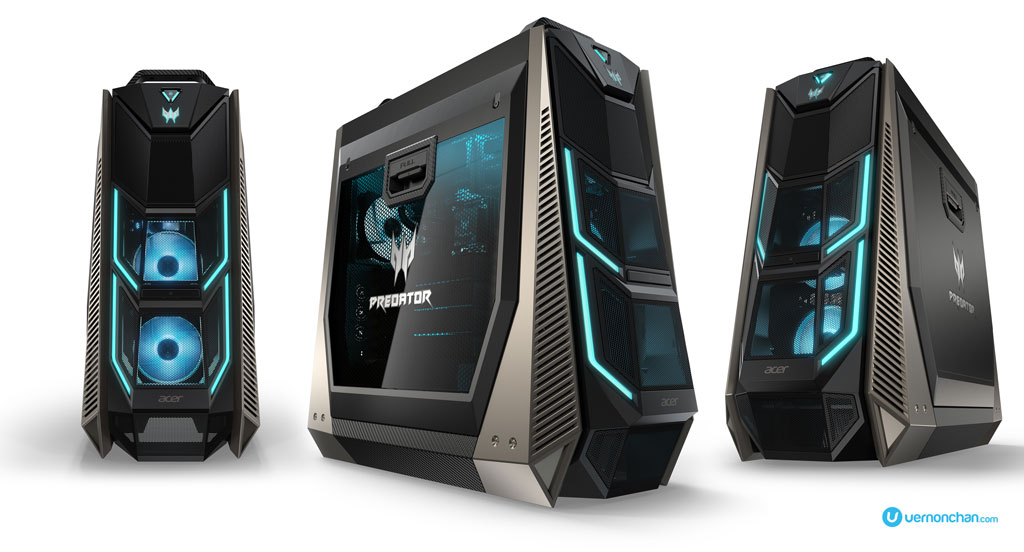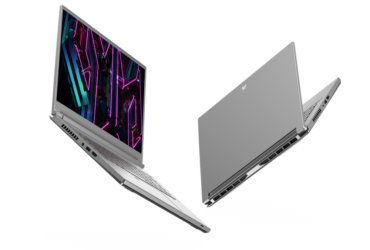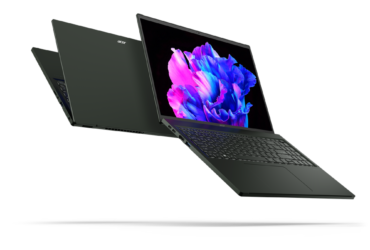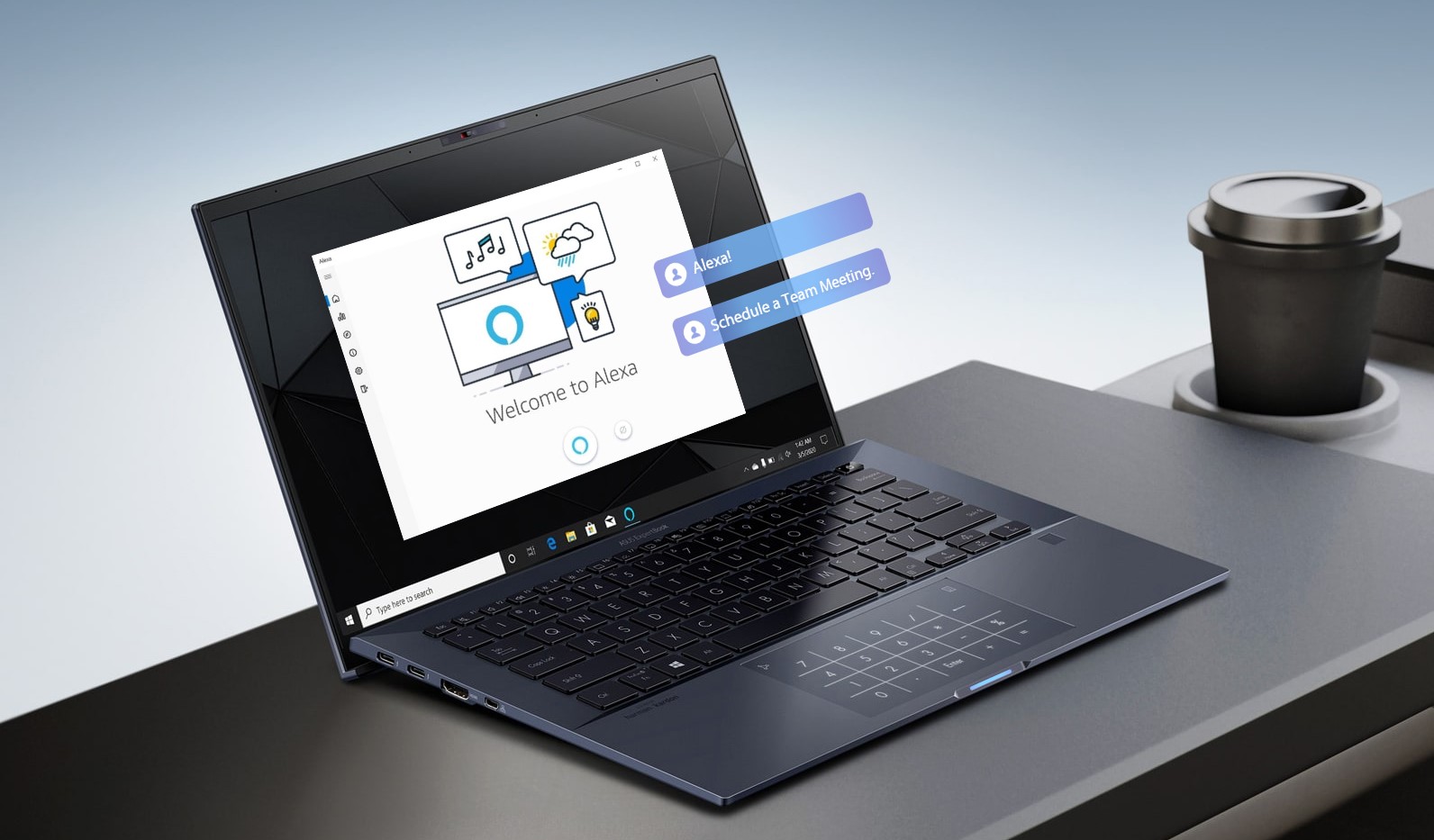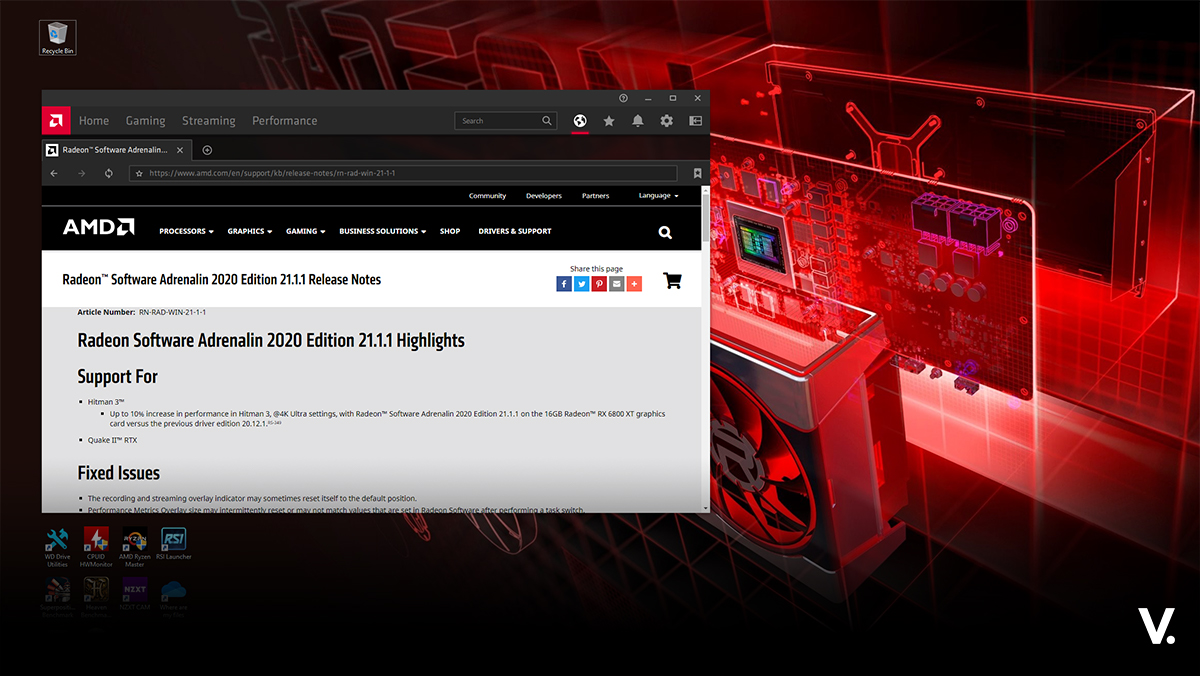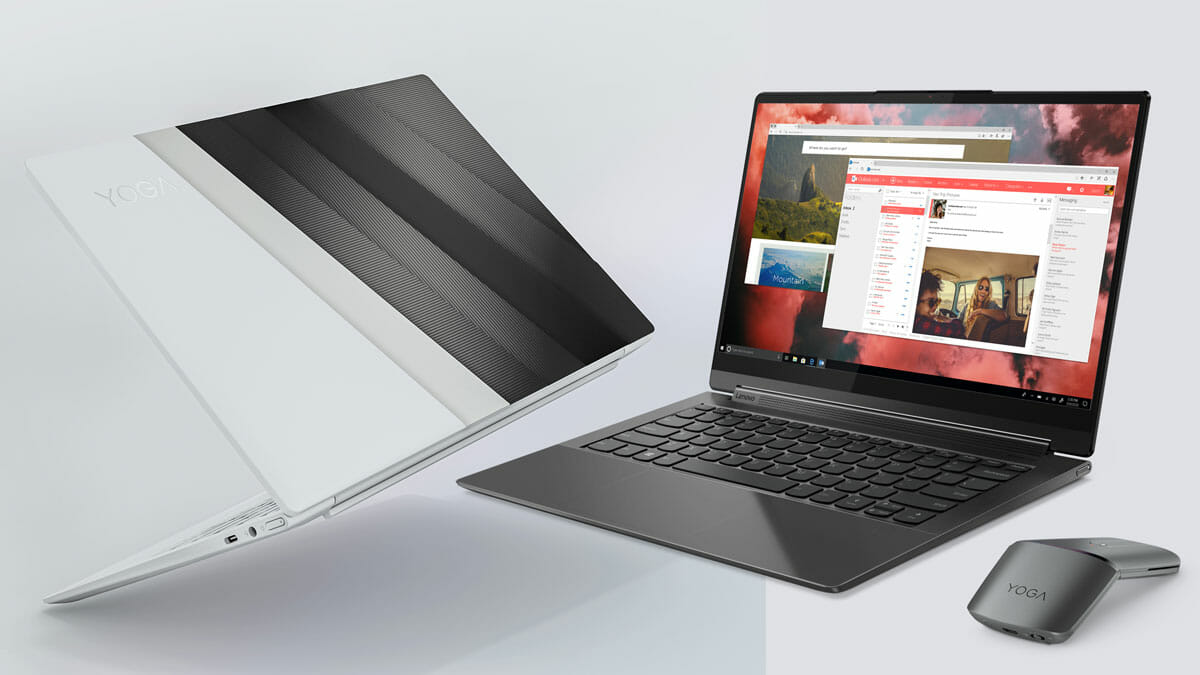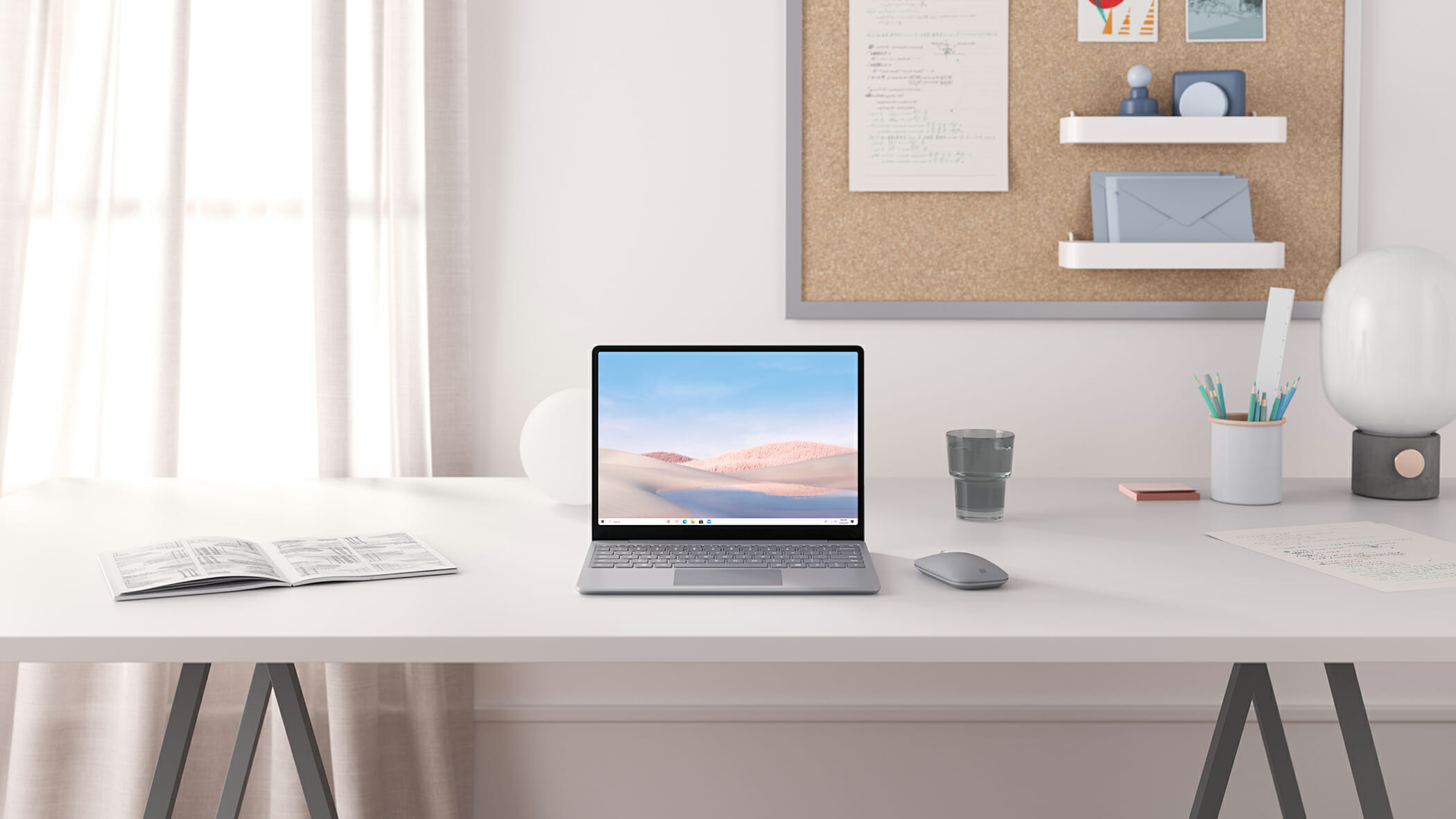The PC is dead boring. While declaring it dead might be premature, the performance of the PC market hasn’t exactly been stellar in recent years. In the Asia Pacific region at least, there’s some stabilisation after a decline in 2016.
According to Gartner’s Q1 2017 report, Lenovo was the biggest PC maker in Q1 2017 with 12.37 million PCs shipped, and a bite of 19.9% of the global PC market.
Yes, consumer needs are changing, and the fiercely competitive landscape isn’t just about how cheap you can push boxes. People want to be wowed. They want to be excited. They’re looking out for the best customer experience. Outstanding design. Value for money.
Amidst the uncertainty and ever-changing PC and technology landscape, one brand stands out—Lenovo. I caught up with Lenovo executives recently—Ken Wong, president of Lenovo Asia Pacific & senior vice president of Lenovo Group; Ivan Cheung, executive director and regional general manager of Lenovo Central Asia Pacific; and Khoo Hung Chuan, general manager of Lenovo Malaysia and Singapore. They shared insight on why Lenovo is still the world’s leading PC maker, and continues to disrupt the industry.
Different is better?
We’ve seen some exciting innovations like the Yoga Book, Moto Z with Moto Mods, ThinkPad X1 Carbon and most recently the rise of its gaming brand Lenovo Legion. The fact is, Lenovo is a unique company, by virtue of being the most complete technology company in terms of product and service offerings. From notebooks to tablets, smartphones to datacentre infrastructure, smart home products, VR and AR, and much more.
But let’s face it, having a plethora of products doesn’t a success make. As an example, a company like Apple thrives by keeping a streamlined product line.
For Lenovo, it’s about delivering outstanding customer-centric experiences. It’s something the brand has talked about before (the last I caught up with Ken Wong was at IFA 2016).
So, what about customer-centricity? What’s Lenovo doing differently? What’s Lenovo doing better?
Ken admitted that in the past, it was all about the product—the price point, route to market, sales targets, etc. The “new” Lenovo approach is simple: putting the customers’ wants first, and how the brand can serve its customers better. In everything that the company does on a daily basis, is guided by the principal, “does this make our customer happier?”
And that in a concept makes sense because, anyone can put together a PC and sell it cheaply. Unsurprisingly, the PC market is where it is because it has been commoditised. There’s no emotion and no excitement in buying, owning or using a PC, reduced to being a mere exchange—dollars for a box.
Different serves better
In 2014, Lenovo acquired IBM’s x86 server business, a deal worth USD2.3 billion. The move was in line with Lenovo’s PC strategy—which is to deliver end-to-end solutions from mobile all the way to the datacentre. As part of its customer-focused efforts, it’s setting up dedicated resources to better serve its markets. It’s building an end-to-end dedicated team that extends from worldwide to country-level, covering product, R&D, sales and so forth.
The fact is, just as the PC market has evolved, so has the enterprise market. It’s now more complex, more sophisticated and has become more challenging. Wong explained that in order to begin to understand and solve customer needs, they need to first “talk the datacentre [customer] language.”
As mentioned, the PC market has stabilised after several years of decline. One segment that has remained bullish and still seeing growth is the commercial or enterprise segment, especially in mature markets like Japan, as well as other countries in the Asia Pacific.
Different plays better
Wong revealed that Lenovo has found success in the rapidly growing gaming segment, and last year it became the #1 gaming hardware vendor in Thailand, Southeast Asia’s biggest gaming market. It has also found success in Malaysia with its new Lenovo Legion gaming brand. How did a new player like Lenovo, rise up the ranks to lead the market?
Lenovo applied a similar core strategy to its datacentre business, aligned with its underlying customer-centric approach. It built a dedicated team that has the sole purpose to talk gaming, understanding gamers’ requirements and needs, knowing what games gamers are playing, reaching out to gamers in social channels, and more. It also built a dedicated gaming brand—Lenovo Legion, which better identified with gamers compared to offering gaming products hiding behind a SKU. Since then it’s also focused on building a community around the gaming brand.
It’s channeling manpower and marketing resources into nurturing the gaming community through events and direct customer interaction. For instance, it recently sponsored the League of Legends tournament finals in Bangkok, Thailand with Intel. Its gaming business continues to gain momentum, thanks to its transformation from a product-centric strategy to a customer-centric strategy.
The fact of the matter is, gaming is a lucrative business. As games become more intense and more complex especially with VR and AR pushing things forward, requirements for more powerful gaming hardware evolve. This bodes well for the gaming business as a whole, as the average upgrade cycle of a PC shortens, and the average user spend goes up.

Innovate different
Another key aspect that has helped Lenovo drive ahead is innovation. Sure, it’s a cliché word. But Lenovo strongly believes that innovation drives differentiation, invokes emotion and creates demand. Innovation translates to desirable form factors and interesting features. Look no further than the Yoga Book, Moto Mods, and the out-of-this-world bendable notebook concept.
If you backtrack a little, you’ll also find industry-first innovations like the Yoga convertible form factor that has since spawned copies (and garnered industry awards).
The convertible 2-in-1 and “thin and light” notebook segments are growth markets for Lenovo, and remain segments it excels in. Wong also revealed that tablets in commercial applications are growing.
Let’s also not forget all-in-one (AIO) PCs. While it didn’t invent the form factor, it’s the leader in the AIO space. AIO PC sales represent a 10.4% of overall desktop PC shipments globally. This percentage is expected to grow in 2017 and 2018 (Digitimes Research data, 2017).
What the industry is seeing is strong sales in the enterprise AIO PC models, and this is expected to rise further in 2017 and 2018.
Different thinks better
Not surprisingly, Lenovo spends USD1.2 billion yearly on research and development alone. Out of that figure, 20-30% is spent on artificial intelligence (AI). It strongly believes that devices of the future should be smart(er). So much so that it has pulled the ranks of Dr Yong Rui, a distinguished expert in AI, to join the company as chief technology officer (CTO). Before Lenovo, Dr Rui had an 18-year career at Microsoft leading multiple AI research groups and all the lab’s engineering groups.
While it may take some time for AI to trickle down into products, the big executive hire shows how critical artificial intelligence is in Lenovo’s future.

Lenovo is betting big on AI. It believes in an intelligent future where cloud-enabled devices like PCs, tablets, smartphones, smart assistants, smart TVs and smart speakers bring people new content, services and experiences.
Just to show the world how serious it is about artificial intelligence, it held a big Tech World summit in Beijing recently, dedicated to the subject matter.
It unveiled four new cutting-edge concepts focused on AI and augmented reality (AR). First up, was CAVA, a virtual assistant that uses deep learning-based face recognition and natural language.
There was also daystAR, a headset with optical display and free-formed surface lenses with 40-degree FOV.
Next, SmartVest—a smart garment that uses 10 textile sensors to monitor cardiac activity.
It also unveiled SmartCast+, a smart speaker with a built-in projector, that recognises sounds and objects.
Lastly, Lenovo also showcased its Xiaole platform, an intelligent platform built for businesses.
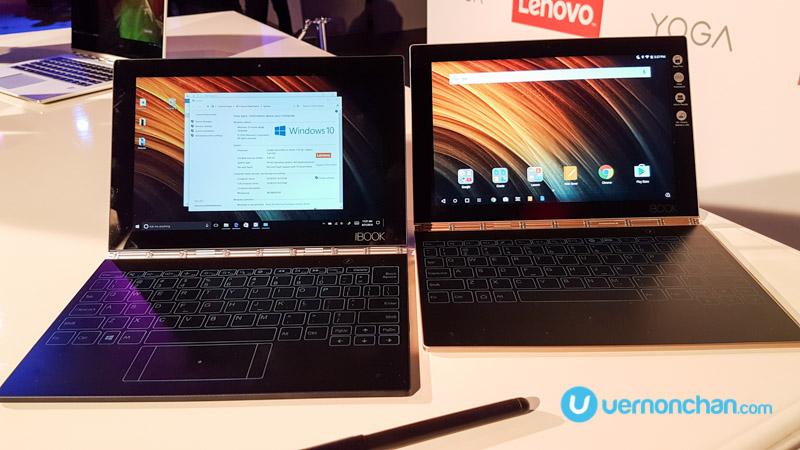
Different is better
What’s clear is that change is constant. As consumer and industry needs change, so needs technology companies like Lenovo. By operating on a customer-centric approach, committing to innovation and pushing boundaries, Lenovo has undoubtedly found success in key segments.
So, different is better?
You bet.
Header pic credit: Dimitri Daniloff / Lenovo


